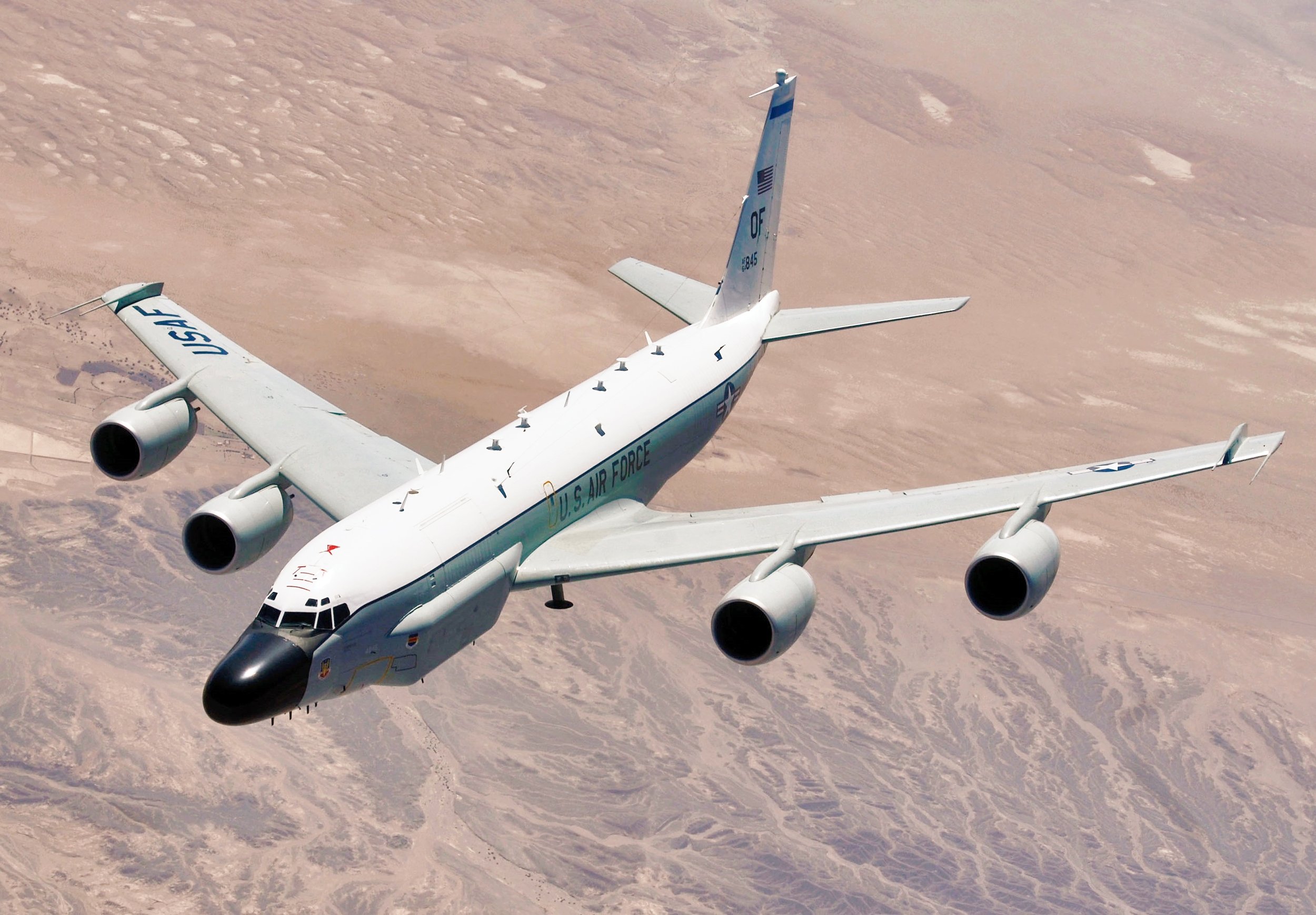
Rivet Joint
Leidos was working with the United States Air Force to create simulations for training with use of the RC-135 aircraft, Rivet Joint. It was my task as an Unreal Programmer to bring reality into virtual reality! On this project I created numerous interactions to work with both VR and multiplayer.
Challenges
First and foremost, this position set me out of my comfort zone. Due to layoffs, I took this job as an opportunity to improve my scripting skills. As a level designer I hadn’t experienced a position where I was in more of an engineering role. Thankfully I’d done a lot of coding in the past, but this position challenged me to rapidly improve my scripting skills far beyond what they were at the time.
A lot of the challenge behind this project was the fact that this was a virtual reality (VR) simulation AND a multiplayer one. VR alone is challenging to make content for as it’s still fairly undocumented. Couple in multiplayer and you enter an even further undocumented space. However it was a fantastic opportunity to learn about Unreal’s replication system! Having never scripted for multiplayer content before, I had to consider server-client interactions and security. Learning about the relationship between what the client owns and the server owns was an enlightening experience and changed how I went about scripting some interactable objects! That included going back and re-doing some previously implemented interactables to insure server-client syncronization.
An additional challenge of this project was that this project was inherited from a previous team. That meant we had to replicate functionality to the previous version of this project while re-building it from the ground up. Thankfully that meant we had an idea for how some interactables were intended to behave, but due to changes in the project itself some of the previous interactions didn’t exist or no longer functioned with our new goals in mind. One particularly challenging interaction saw me implementing a wholly new engine blueprint that required several different artists to collaborate with me on. Our interactions informed me a lot on the intricacy of the artistic pipeline, and I was able to learn how to better articulate my requests to enable our team to get the interactable in a great final state!
Retrospective
Although our whole team was laid off, I’m happy to have worked in this really challenging role. It greatly improved my scripting capability and familiarity with blueprint. I came to appreciate the skills I’d honed in creating interactables with multiplayer functionality and I know these scripting skills will greatly aid me in my future as a level designer! I’ve felt for a long time that the part of my skill set I’d always wanted to improve upon was my scripting capabilities, as most jobs I’d done primarily blockouts, setdressing, encounter design, and game design. I’m confident now that in future positions dealing with scripting I can heavily lean on my learnings from my time at Leidos.